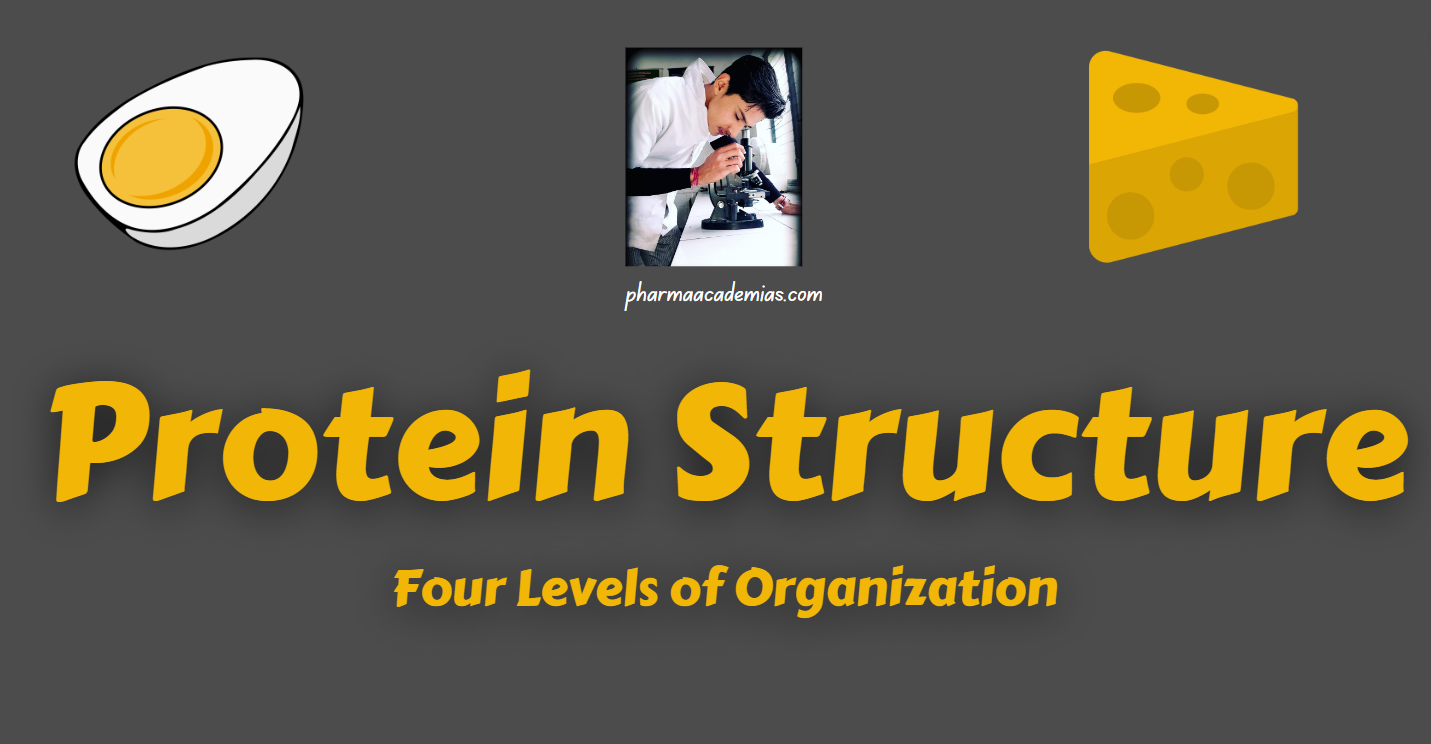The structure of proteins is organized at four distinct levels: primary, secondary, tertiary, and quaternary. Each level of the organization contributes to the overall shape, function, and stability of a protein. Here’s a detailed explanation of each level:
1. Primary Structure
– Definition: The primary structure of a protein refers to the linear sequence of amino acids in its polypeptide chain.
– Key Features:
– The sequence is determined by the gene encoding the protein.
– The covalent bonds between amino acids are peptide bonds.
– The primary structure is crucial because it dictates the folding and three-dimensional structure of the protein.
– Example: The primary structure of a simple protein might be represented as a sequence of amino acids, such as “Met – Arg – Lys – Gly – Ser – Cys…”
2. Secondary Structure
– Definition: The secondary structure of a protein involves the local folding or coiling of the polypeptide chain, typically into alpha helices, beta sheets, or turns.
– Key Features:
– Alpha helices: Spiral structures stabilized by hydrogen bonds between nearby amino acids.
– Beta sheets: Extended structures where strands are connected by hydrogen bonds.
– Turns: Reverse direction regions often found at the surface of proteins.
– Stabilizing Forces:
– Hydrogen bonds between amino acid residues.
– Example: In a protein, alpha helices and beta sheets may alternate to form specific structural motifs.
3. Tertiary Structure
– Definition: The tertiary structure refers to the overall three-dimensional shape of a single polypeptide chain.
– Key Features:
– It results from interactions between amino acid residues that are not adjacent in the primary sequence.
– Interactions include hydrogen bonding, disulfide bridges, hydrophobic interactions, and ionic bonds.
– Tertiary structure is critical for the protein’s function.
– Stabilizing Forces:
– Hydrogen bonds, disulfide bridges, hydrophobic interactions, ionic bonds.
– Example: The complex folding of a protein into a specific globular or fibrous shape.
Quaternary Structure
– Definition: Quaternary structure involves the arrangement of multiple polypeptide chains (subunits) to form a functional protein complex.
– Key Features:
– Proteins with quaternary structure consist of two or more polypeptide chains.
– Subunits may be identical (homomers) or different (heteromers).
– Interactions between subunits are similar to those in tertiary structure.
– Stabilizing Forces:
– Interactions between subunits similar to those in tertiary structure.
– Example: Hemoglobin is a tetrameric protein with four subunits, each with its tertiary structure.
Overall Considerations
– Protein Folding:
– The process by which a protein acquires its functional three-dimensional structure.
– Chaperone proteins assist in proper folding.
– Denaturation:
– The disruption of protein structure, often caused by heat, extreme pH, or chemicals.
– Denaturation leads to loss of function.
Understanding the hierarchical organization of protein structure is fundamental for comprehending their diverse functions in living organisms. Each level of structure contributes to the unique properties and activities of proteins in cells and biological systems.

